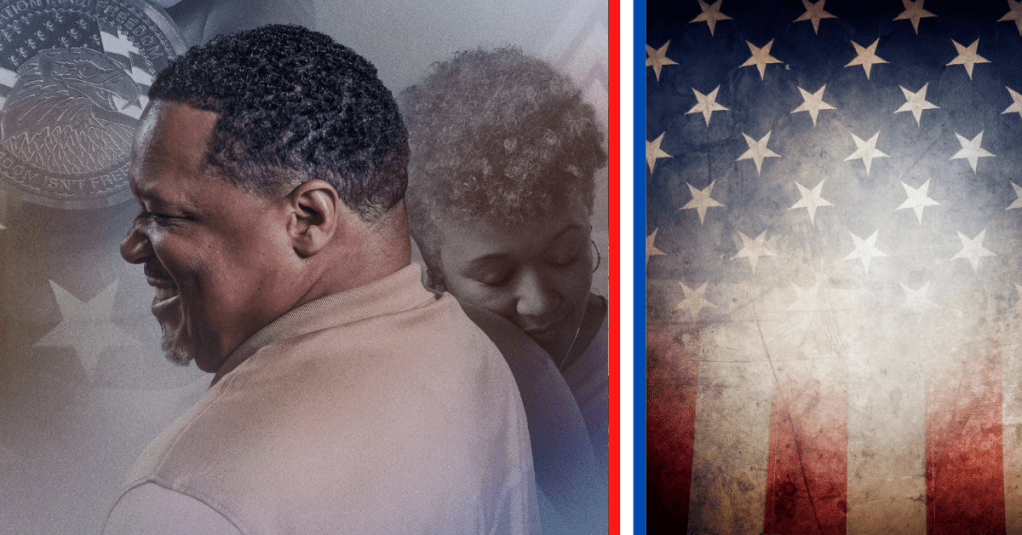Editor’s note: This article discusses the veteran suicide epidemic. If you or a veteran you know are struggling with thoughts of suicide, dial 988 for immediate assistance. You are not alone!
The Department of Veterans Affairs has labeled suicide as the second leading cause of death for veterans under 44 years old and new studies are confirming the rates previously reported are much higher. For the past 18 month, USAA has been working on a building a coalition united in the commitment of ending veteran suicide.
The Aftermath of Suicide
For CEO Wayne Peacock, it’s personal. “Seeing spouses and children who are living through a veteran who died by suicide and recognizing the impact it has on those that are left behind, that’s a huge price. It’s a price that gets paid over a long period of time,” he shared. “Our ability to make a difference here is really important. I talked to one of our employees the other day; her husband died by suicide 15 years ago. I got to meet her two daughters who were just babies at the time and they’re now 15 and 16. They all still live with that event.”

Face the Fight is headed by USAA, The Humana Foundation and Reach Resilience, an Endeavors Foundation. Their mission is to cut veteran suicide by half over the next six years. The coalition will invest $41 million in philanthropic grants and will focus on supporting nonprofit programs with specific focus areas in preventing suicide.
Opening the Conversation
“Where we want to start is by encouraging people to talk more about suicide,” Peackcok said. “We have to break the stigma associated with it and without starting there, it’s much harder to get veterans the help and support they need.”
Also partnering with the three Fortune 100 companies in the coalition are the University of Texas Health Science Center and the National Center for Veterans Studies at The Ohio State University. Peacock went into depth about the importance of bringing evidence-based care programs and theories into the coalition.

“We want to get out and tell the story about why this is happening and then tell the story about how I think we’ve done something that’s really powerful here in bringing together this unique kind of ecosystem,” he explained. “By building the funding mechanism through a donor-advised fund, we’re creating the opportunity for foundations and individuals to actually contribute. Then going further with our ability to reach out to great nonprofits working across the system to make a difference.”
Building the Bridge
Peacock discussed the need to be a conduit to the DOD and VA programs, but since the beginning of The War on Terror in 2001, only 62% of OEF/OIF/OND veterans have accessed VA healthcare.
Though the VA estimates that around 17 veterans (not counting active duty, National Guard or reserve) a day take their lives, a new study released from America’s Warrior Partnership, with University of Alabama and Duke University, found errors in data reporting.

If their findings are accurate, the true number for veteran suicide is a staggering 44 a day.
“We live in this free country today because of the sacrifice of so many veterans and active duty service members today. We owe them a huge debt of gratitude and our support in any way that we can deliver. What’s unfortunate today is the rate of veteran suicide is substantially higher than the population as a whole,” he said. “Some of that comes because of the conditions of war and service, which create more challenges for folks. Connecting those dots about what we owe, and connecting those dots about the side effects of service and sacrifice of our veterans, is important. But the big message here is really about connection and community.”

The Centers for Disease Control and the Suicide Prevention Resource Center report that social support and connection are protective factors in preventing suicide. In May of 2023 the VA announced that it was working alongside over 1,000 community-based coalitions to end veteran suicide.
“At the end of the day, knowing there are people there is probably the most important thing. You may be in a dark time or in dark moments, but you know who you can call and you feel comfortable reaching out and connecting. I think systematically creating purpose through community is to me one of the more powerful antidotes to this,” Peacock explained. “If our coalition can help drive that connectivity, no matter where you sit and ecosystem and to improve community connection, I think we will have a much better probability of solving this really important challenge.”
To learn more about Face the Fight, find help and join the fight, visit wefacethefight.org.


